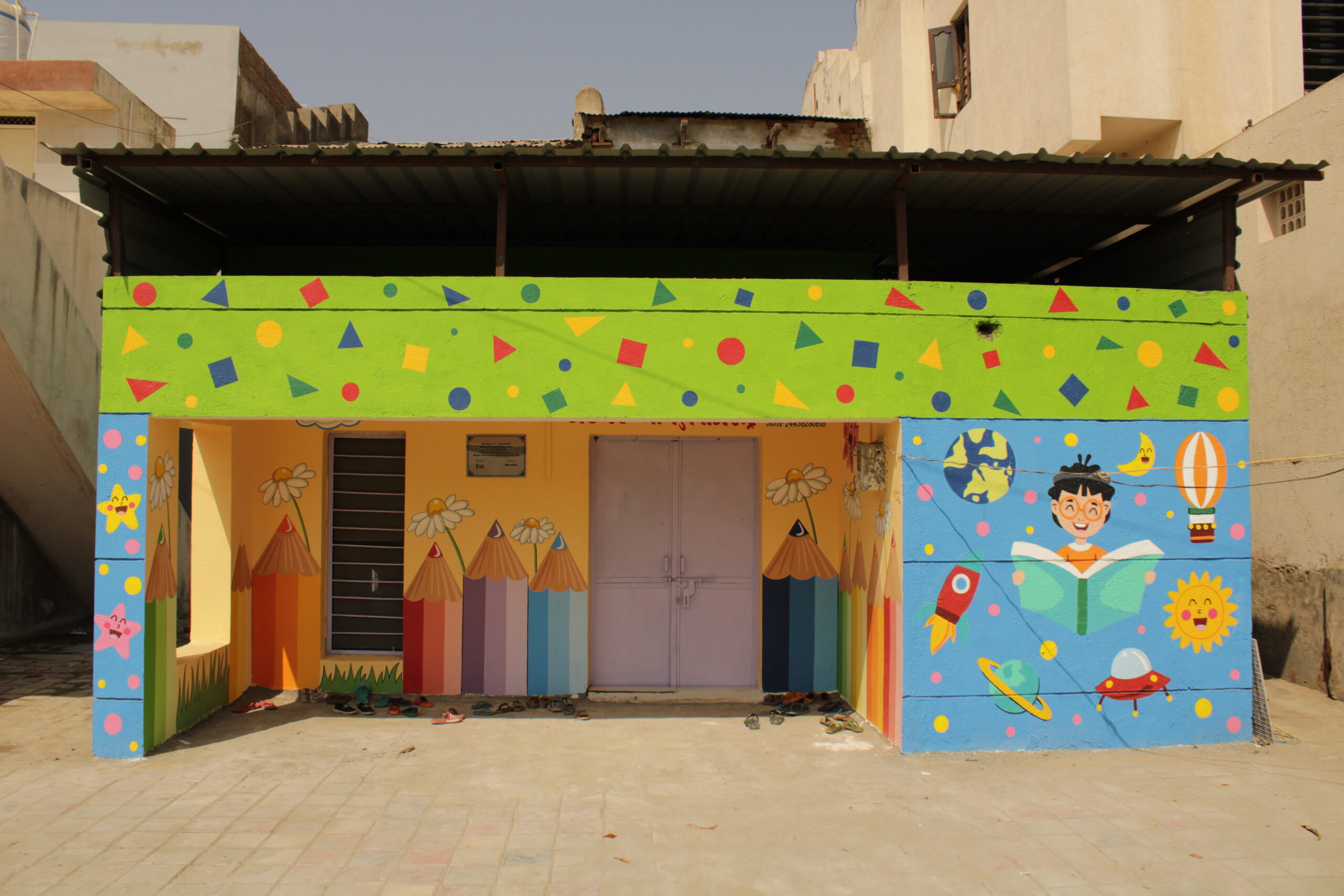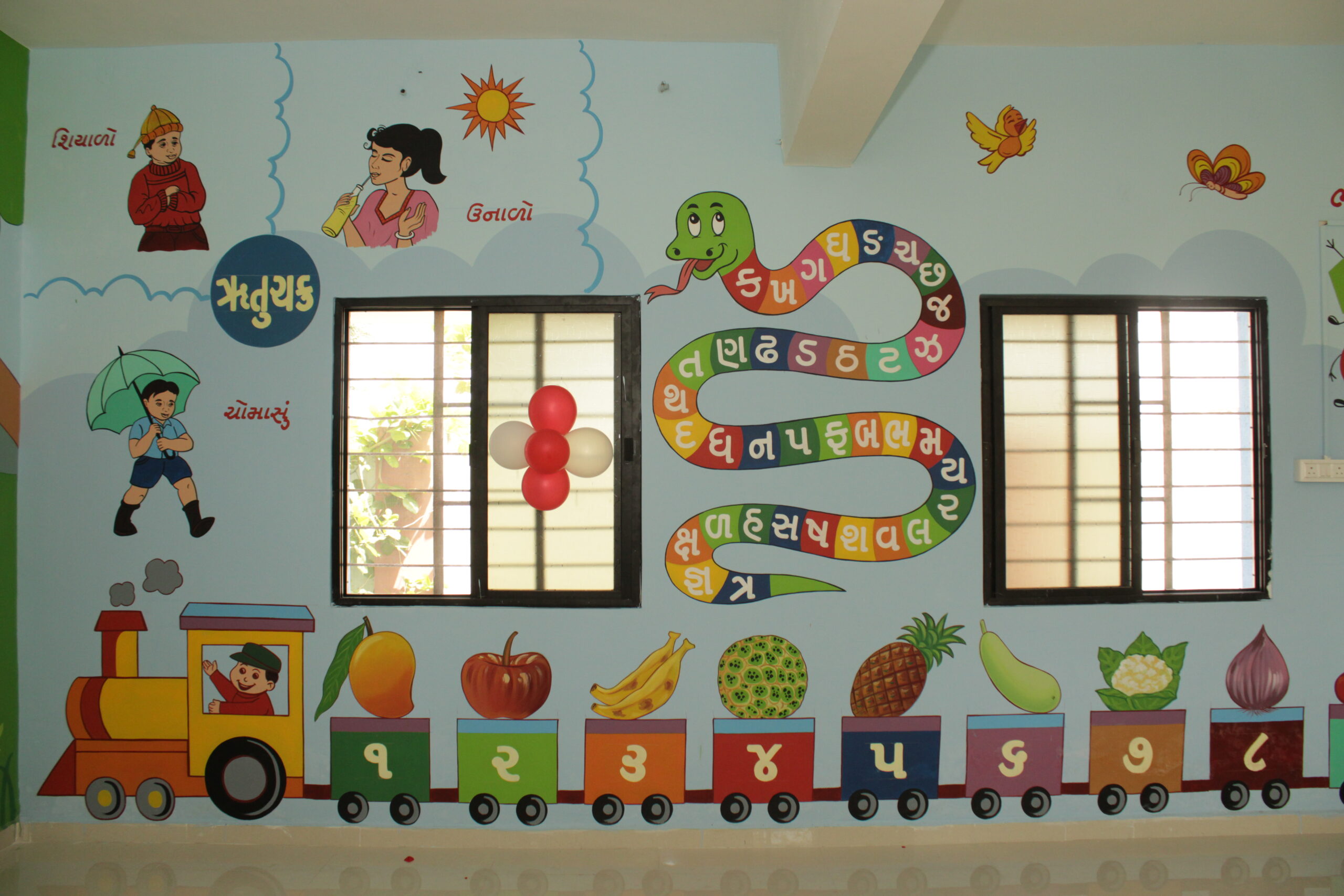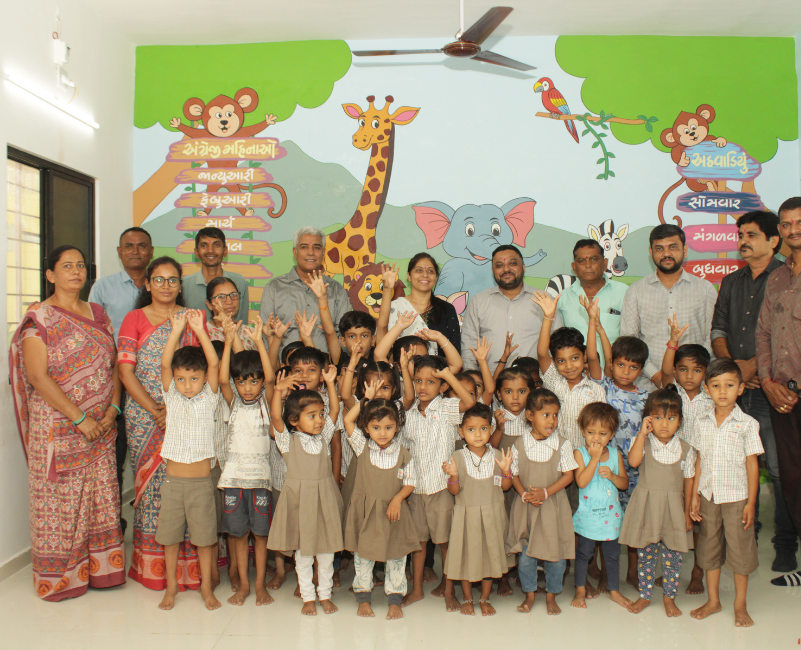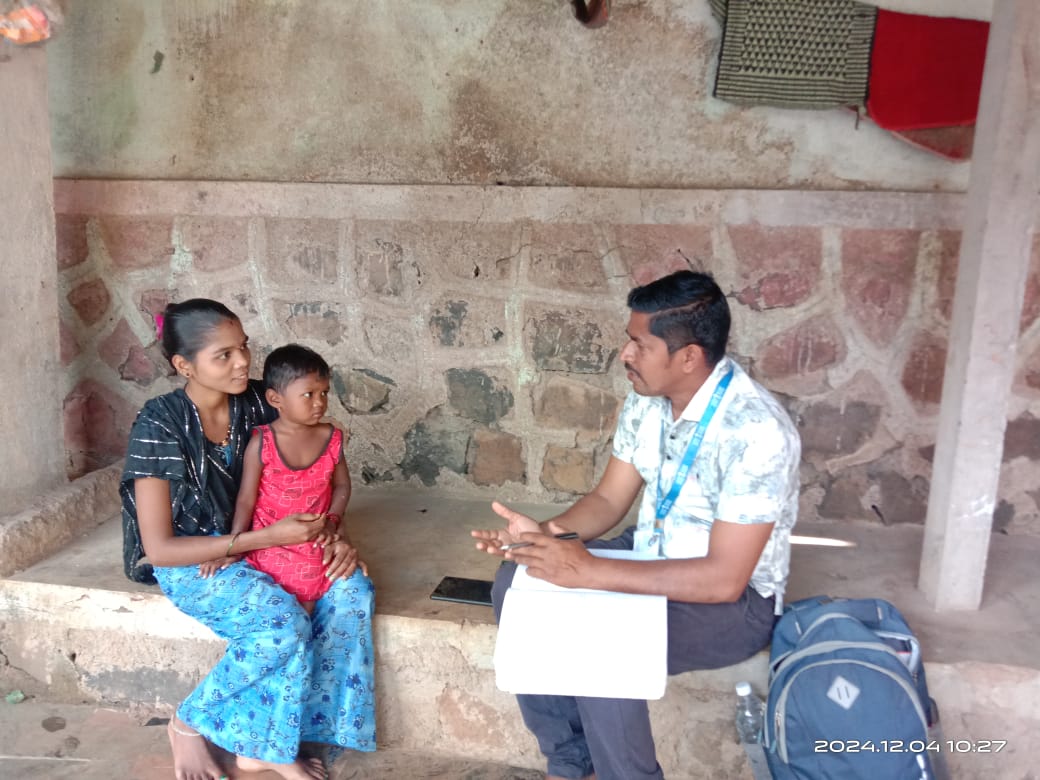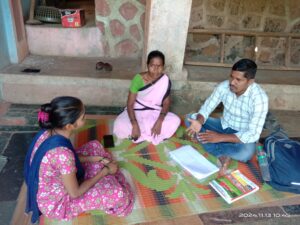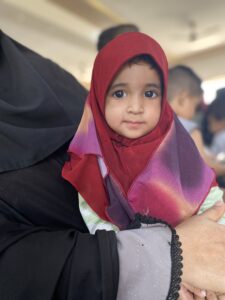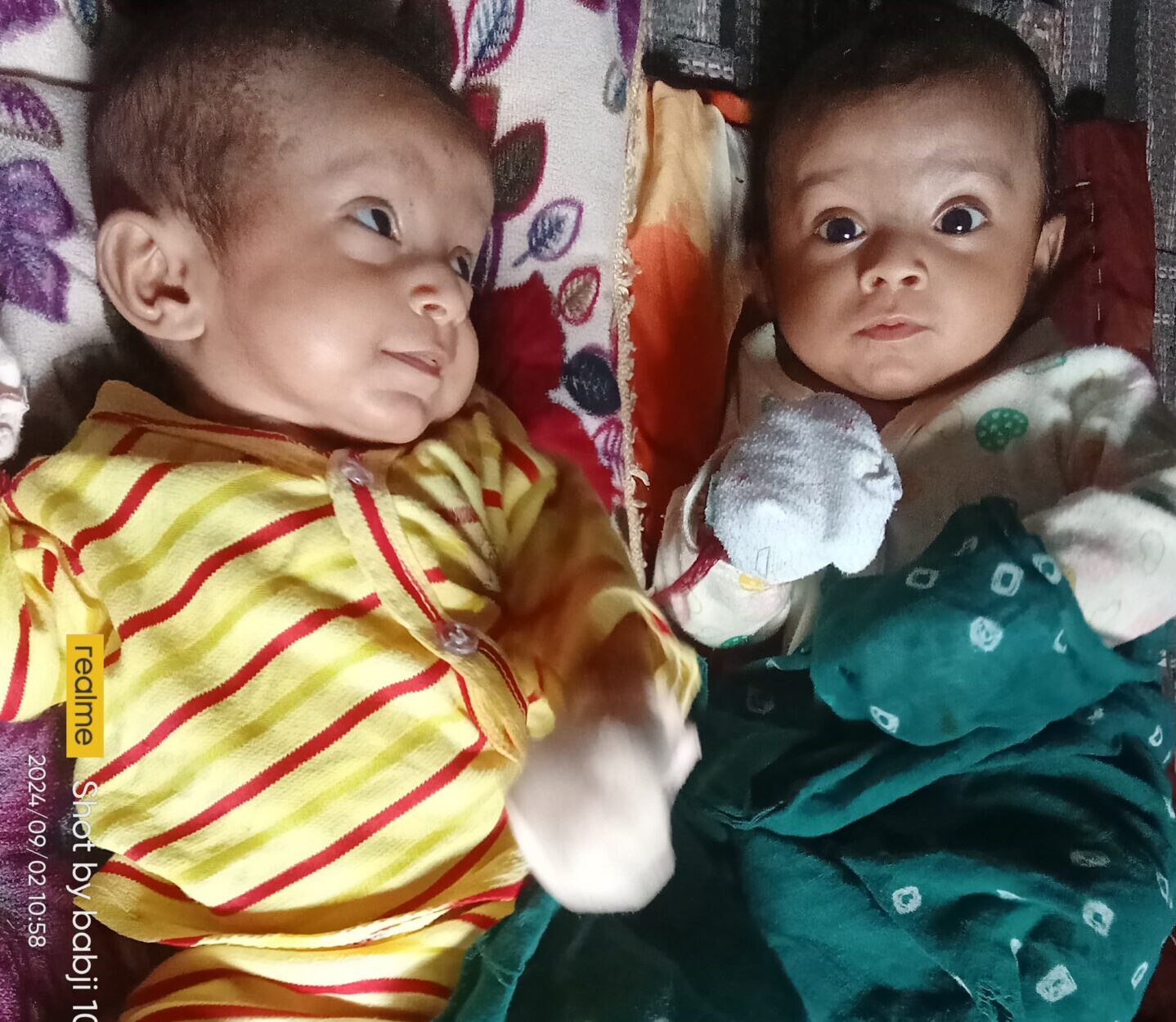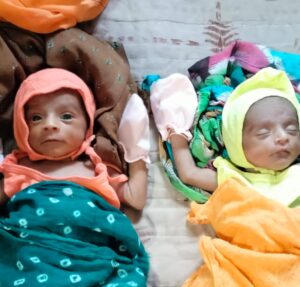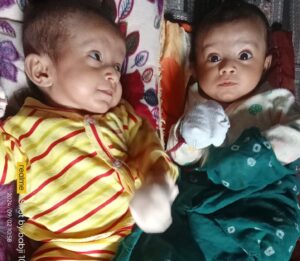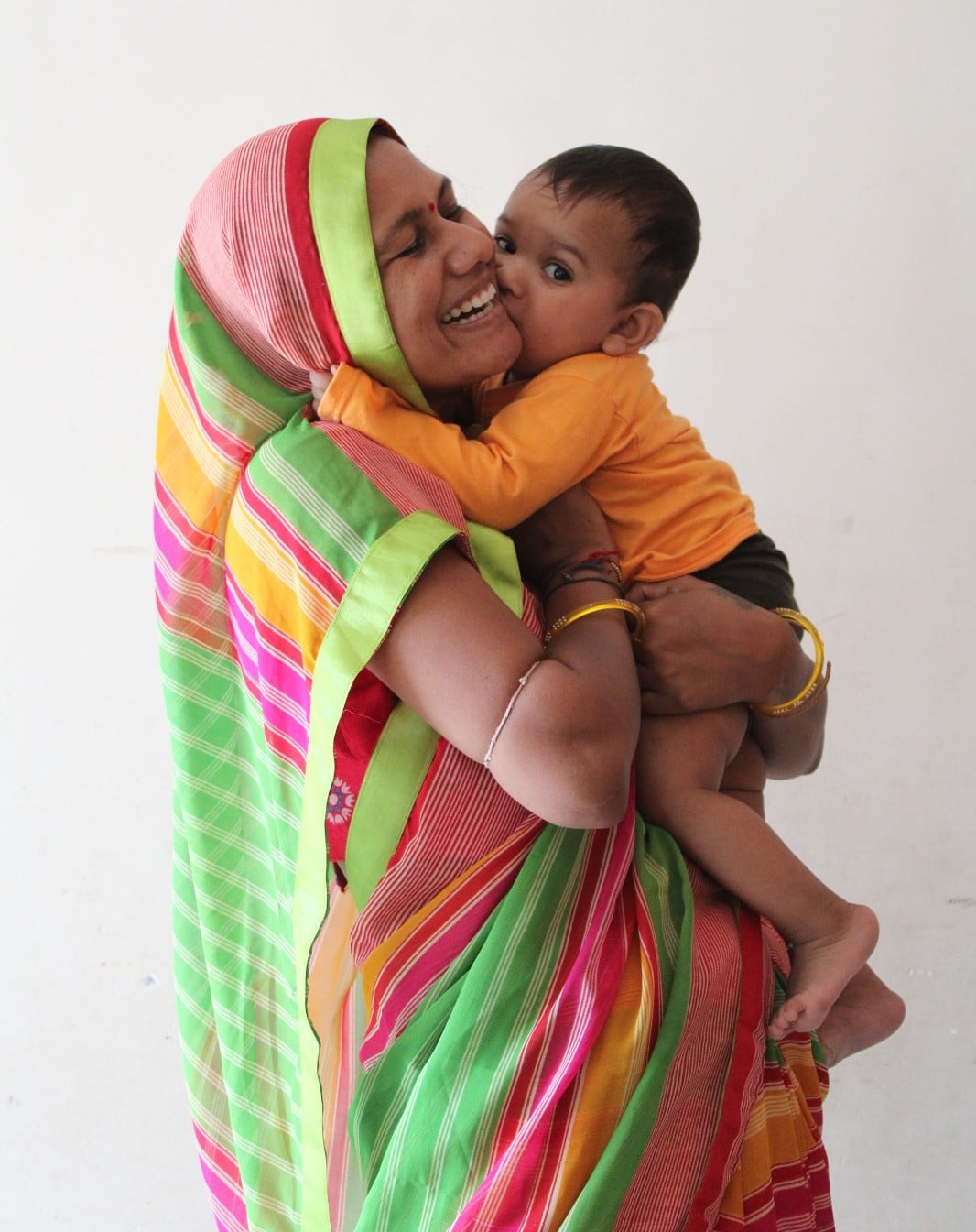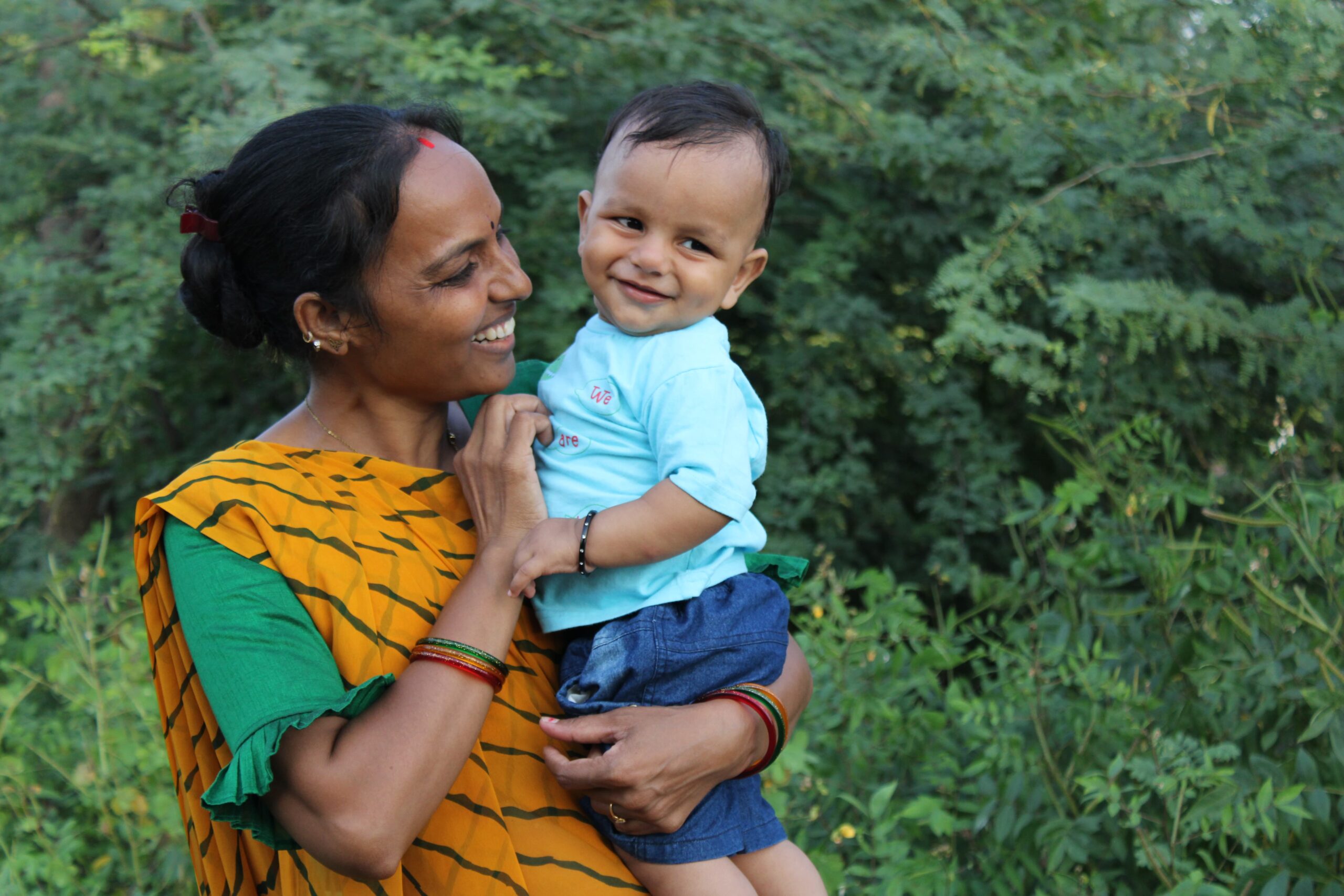Anganwadi Centers (AWCs) play a vital role in providing early childhood education, nutrition, and healthcare to young children in underserved communities. However, over the years, many centers in Dhar (Madhya Pradesh), Baran (Rajasthan), and Sanand (Gujarat) had deteriorated due to prolonged use, exposure to harsh environmental conditions, and a lack of regular maintenance. These issues created unsafe, unhygienic, and uninspiring environments, severely impacting the children’s overall well-being and learning outcomes.
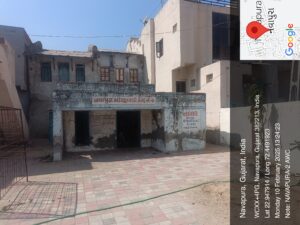
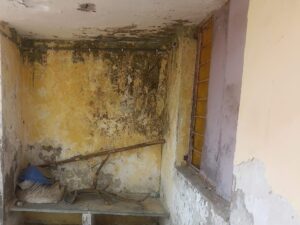
A well-maintained Anganwadi is not just a physical space but a foundation for early childhood development. It plays a pivotal role in ensuring cognitive, emotional, and physical growth in children by providing a safe and engaging environment. A poor infrastructure with damaged walls, broken doors, inadequate water supply, and faulty electrical systems creates significant risks, including accidents, lack of hygiene, and reduced learning efficiency.
This refurbishment helped to transform the Anganwadi into a child-friendly, safe, and stimulating environment where young learners can thrive. By improving structural integrity, enhancing aesthetic appeal, and ensuring the functionality of essential utilities, this initiative supported for better health, hygiene, and educational outcomes. Moreover, a well-maintained center will encourage higher attendance, active participation from the community, and overall improvement in service delivery.
